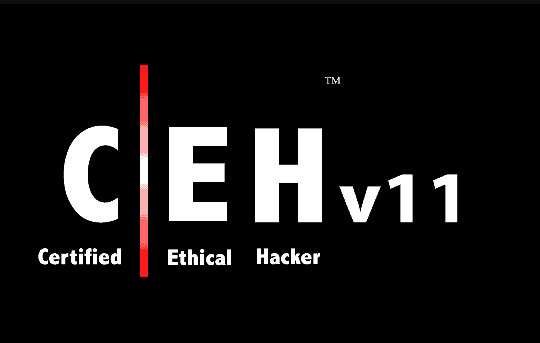Footprinting Concepts
2.1 What is Footprinting?
2.2 Objectives of Footprinting
Footprinting through Search Engines
2.3 Footprinting through Search Engines
2.4 Footprint Using Advanced Google Hacking Techniques
2.5 Information Gathering Using Google Advanced Search and Image Search
2.6 Google Hacking Database
2.7 VoIP and VPN Footprinting through Google Hacking Database
Footprinting through Web Services
2.8 Finding Company’s Top-level Domains (TLDs) and Sub-domains
2.9 Finding the Geographical Location of the Target
2.10 People Search on Social Networking Sites and People Search Services
2.11 Gathering Information from LinkedIn
2.12 Gather Information from Financial Services
2.13 Footprinting through Job Sites
2.14 Monitoring Target Using Alerts
2.15 Information Gathering Using Groups, Forums, and Blogs
2.16 Determining the Operating System
2.17 VoIP and VPN Footprinting through SHODAN
Footprinting through Social Networking Sites
2.18 Collecting Information through Social Engineering on Social Networking Sites
Website Footprinting
2.19 Website Footprinting
2.20 Website Footprinting using Web Spiders
2.21 Mirroring Entire Website
2.22 Extracting Website Information from https://archive.org
2.23 Extracting Metadata of Public Documents
2.24 Monitoring Web Pages for Updates and Changes
Email Footprinting
2.25 Tracking Email Communications
2.26 Collecting Information from Email Header
2.27 Email Tracking Tools
Competitive Intelligence
2.28 Competitive Intelligence Gathering
2.29 Competitive Intelligence – When Did this Company Begin? How Did it Develop?
2.30 Competitive Intelligence – What Are the Company’s Plans?
2.31 Competitive Intelligence – What Expert Opinions Say About the Company
2.32 Monitoring Website Traffic of Target Company
2.33 Tracking Online Reputation of the Target
Who is Footprinting
2.34 Whois Lookup
2.35 Whois Lookup Result Analysis
2.36 Whois Lookup Tools
2.37 Finding IP Geolocation Information
DNS Footprinting
2.38 Extracting DNS Information
2.39 DNS Interrogation Tools
Network Footprinting
2.40 Locate the Network Range
2.41 Traceroute
2.42 Traceroute Analysis
2.43 Traceroute Tools
Footprinting through Social Engineering
2.44 Footprinting through Social Engineering
2.45 Collect Information Using Eavesdropping, Shoulder Surfing, and Dumpster Diving
Footprinting Tools
2.46 Maltego
2.47 Recon-ng
2.48 FOCA
2.49 Recon-Dog
2.50 OSRFramework
2.51 Additional Footprinting Tools
Countermeasures
2.52 Footprinting Countermeasures
Footprinting Pen Testing
2.53 Footprinting Pen Testing
2.54 Footprinting Pen Testing Report Templates


